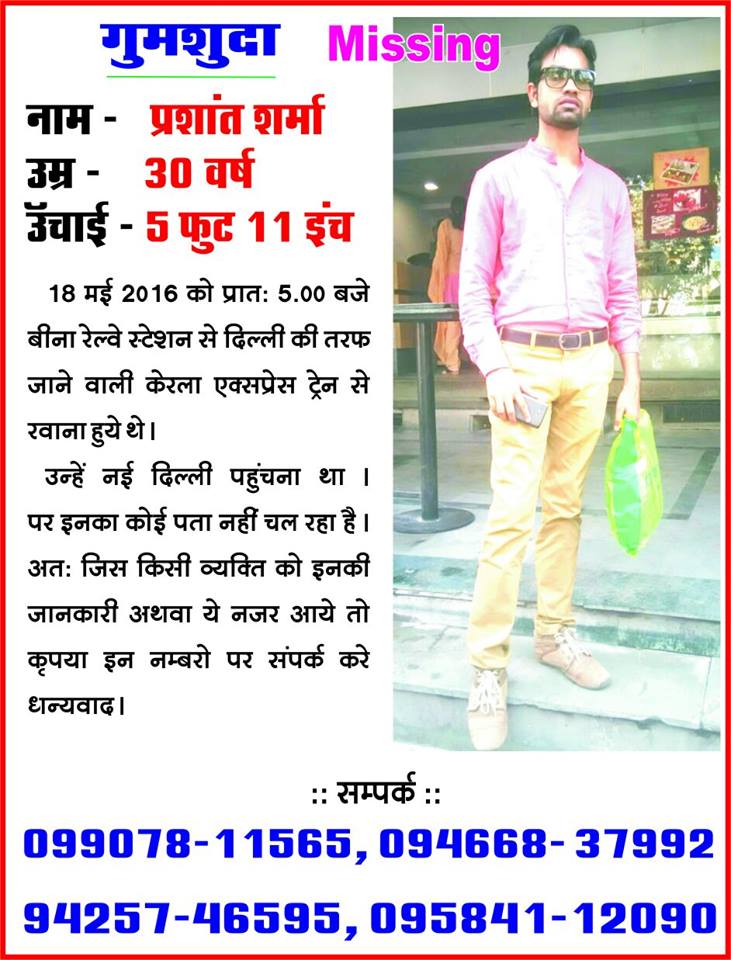Parking Lots Can Be Hazardous
Parking lots seem quite harmless, but they do pose a risk. Besides moving traffic and the occasional fender bender, parking lots pose two major hazards. One being trips and falls and the other is violence.
The perfect parking lot would be smooth and flat; no parking lot is perfect. Even a surface with just a half inch difference can pose a trip hazard. Twisted ankles or loss of balance will lead to falls and other painful mishaps.
Heavy use by both pedestrians and vehicle traffic both cause a parking surface to deteriorate. Leaks and spills of engine oil or antifreeze, which commonly occur wherever cars are parked cause broken pavement and gratings and can further add to risks of slips and falls.
In outdoor parking lots, severe weather conditions additionally aggravate even slight damage to the parking surface. As a consequence the risk for falls due to slips and trips is relatively high in this environment.
Speed bumps and tire stops are usually not necessary in a well-designed parking lot. Besides potentially causing damage to vehicles, they create a yet another hazard for tripping. The layout of the parking area should make it impossible to drive unsafely or fast; speed bumps or tire stops might be necessary.
Tire stops the end of some parking spaces are serious tripping hazards particularly when parking slots are occupied. When tire stops are present, they should no wider than the width of the vehicle and they should be marked with a contrasting color. Special attention should be paid to their regular maintenance because they deteriorate faster than other elements of the parking area.
Falls can be prevented by having good lighting, good housekeeping, good quality walking surface in the parking area, appropriate walking pace, paying attention to where you are going, and having a selection of proper footwear.
Keep the lot tidy by cleaning all spills and oily spots immediately, marking oily or icy spots and wet areas, clearing ice or snow as soon as possible, and removing clutter, debris and any obstacles from walkways.
(read rest of the article below:)
RELATED ARTICLES::
- Back Injury Prevention Goes A Long Way
- Controlling The Dangers Of Compressed Air
- Preparing Your Business for a Bird Flu Pandemic
- Electrical Safety Is Not Shocking
- Eye Protective Selection Is Important In The Workplace
- Fall Safety Harnesses Can Kill
- The Most Overlooked Safety Event – Driving
- Starting a Safety Program for Small Business
- Selection Of Personal Protective Equipment Is Important
- Protective Glove Selection Can Be Complicated
- Preparation For Chemical Spills In The Workplace Must Be Made
- Protect Employees From Eye Hazards
- Parking Lots Can Be Hazardous
- New Personnel Can Be A Safety Risk
- Helmets, Wearing One Could Save A Worker’s Life
- Health And Safety Is Most Likely To Be Outsourced
- Forklift Safety Guideline
Safety is everybody’s duty, so workers as much as employers should clean or report spills right away, clear away clutter and debris, if they can, report hazardous conditions to their supervisors, and remain aware that falls can happen anywhere and anytime.
The second risk in parking lots is violence. Depending on the parking lot’s location, design and the time of day, parking lots can present a risk violence. The good news is that there are some basic safety principles that you can use to help keep you safer when traveling to and from your car.
When parking your car, park near the building in a highly visible and well-lit area. If there is a parking attendant park near them or near the stairs or a well-lit exit in an underground lot. Use a main building entrance and avoid the rear or secluded doors. If you have been shopping, keep your valuables and recent purchases out of sight or locked in the trunk. Lock the doors and roll up windows once you are in the vehicle.
When you park look around the surroundings and make a plan for where you can go for safety and how to call for help. Always try to walk with a friend, co-worker, or a security officer. Give them a ride back to the main entrance so they do not have to walk back alone.
If you must walk alone have a co-worker watch you from a window. Wave to them on the way to your vehicle; this will let anyone in the parking lot know someone is watching you. Even if no one is watching from the window, wave anyway; this will give the illusion that someone is watching you.
Stay on well-lit streets and in the center of the sidewalk. Stay away from hiding spots such as bushes, doorways, alleys and parked cars. Cross the road if you feel uneasy. Always be alert to your surroundings. Walk with confidence. Keep your head up and look around. Look directly at people but do not stare at them. Trust your instincts when you feel something is not right.
Be prepared when you leave your business, or when you leave the car for work. Have your keys ready when you leave the building. Carry a whistle or other personal alarm. Weapons such as pepper spray can be taken away from you and used against you. Your keys can be used as a surprise weapon.
As you approach your car, look around and under it. Check the inside for anyone also. If anything looks strange and you have an uneasy feeling, walk away and call someone for help.
When in a parking lot, be aware of your surroundings for potential risks from the parking surface to anyone that might harm you. Take these simple precautions and you will be safe.






Comments